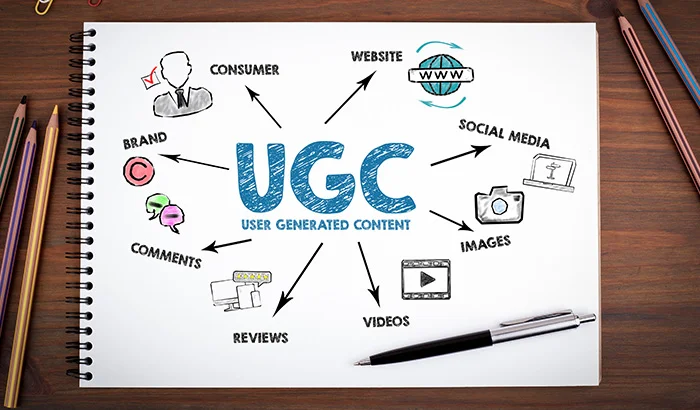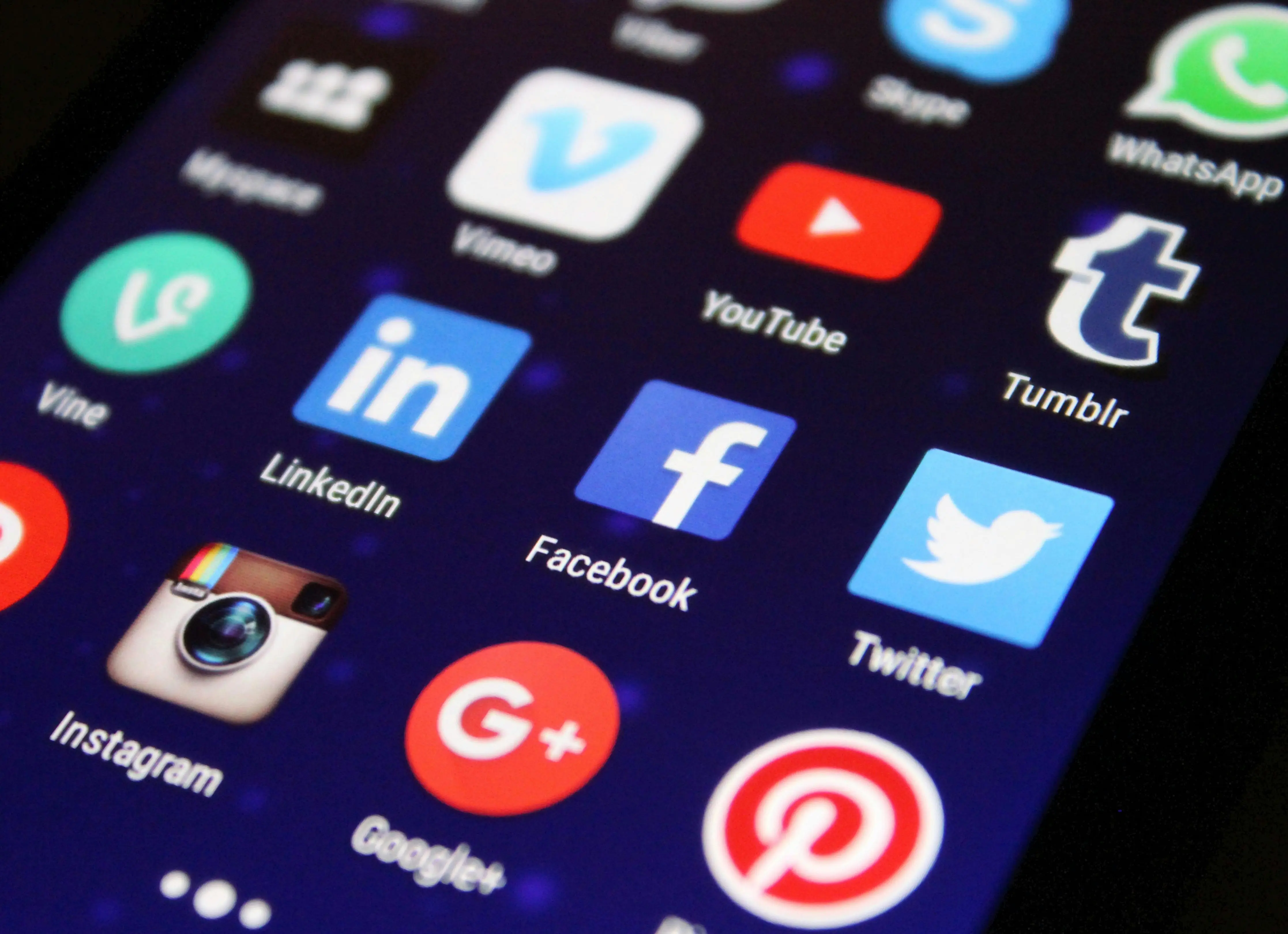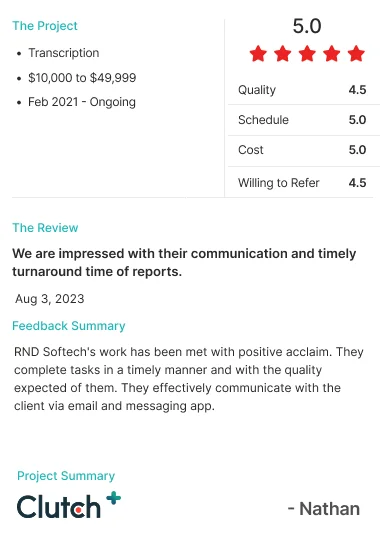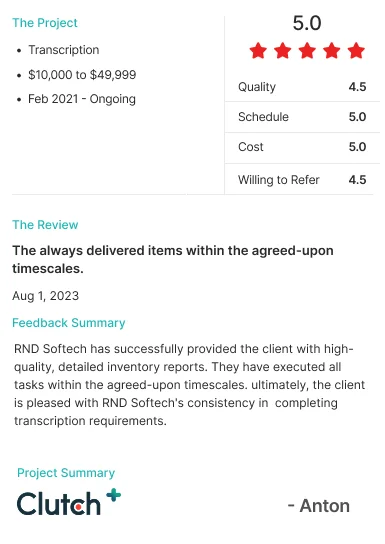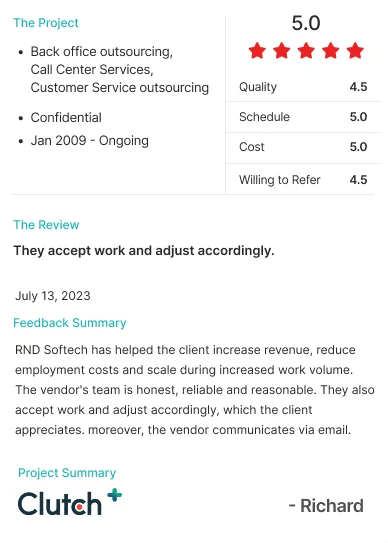What is UGC in digital marketing?
User generated content (UGC) is the genuine content created and posted by the users in the social media platforms. It includes images, videos, reviews and feedbacks. On platforms like YouTube, users share product reviews or unboxing experiences, likewise on Instagram, customers post pictures using the brand's products. User-generated content is impactful in digital marketing because it is genuine, builds trust and connects with audiences. Brands can use user-generated content to increase engagement, promote community and advertise real customer experiences. This technique is more believable than traditional ads, improving brand awareness, sales and loyalty.
Why you're business needs UGC:
User-generated content marketing is a powerful strategy where brands create campaigns that inspire customers to contribute content. The best part is the content creation is already handled by your audience, giving you fresh, relatable ideas that your team might not have thought of.
The most important aspects of running a successful business are building trust with your customers. UGC helps achieve this by showing real experiences from real people. The photos, videos or reviews that customer share is acts as social proof, helping other potential customers feel more confident in your brand.
A product image or review from a customer frequently carries more weight than a traditional ad. It feels more trustable and relatable. Customers are belike to engage with content that comes from someone they trust, like another consumer.
Social media has become an undeniable part of our daily routine and people love to share their experiences online. May be it is posting about a new product or participating in a brand's contest, UGC creates an easy way for customers to commit with your brand.
The beauty of UGC marketing is its ability to spread organically. Customers who are interested about a product or experience are probably to share it within their network, extending your brands reach. It is a fun and the powerful way to build brand awareness and loyalty.
Difference between UGC and influencer marketing
User-generated content and Influencer Marketing are both powerful strategies in digital marketing; they are totally different in terms of creation, goals and execution. UGC is the content created by your customers, fans or followers frequently without compensation, to share their experience or organically promote your brand. It is normallygenuine and unpaid. Influencer marketing involves collaborating with individuals who have a large following or influence on social media. Influencers are compensated to promote a brand or product and the content is most probably pre-arranged and branded.
Measuring the success of UGC campaigns
Analyzing the success of user-generated content campaigns is important for understanding theimpact on your overall marketing strategy. Qualitative observations alone is not enough, you need to use specialized and quantifiable metrics to measure how effectively UGC is working for your brand.
Here are some key metrics to monitor:
Conversion Rates
Conversion rate measures the percentage of customers who take a desired action after seeing with your user generated content ,whether it's making a purchase, signing up for a newsletter or downloading a resource. Tracking conversions from user generated content campaigns; you can assess how well the content encourages action and promotes tangible sales or sign-ups. For example, a campaign by GoPro asking customers to share their best adventure shots led to higher conversion rates as it directly linked user content to the product's value.
Traffic Analysis
Traffic analysis tracks how UGC drives visitors to your website and where they are in the customer journey. A tool Path Monk can help identify how UGC posts contribute to web traffic and where these visitors are coming from. Coca-Cola's customized bottle campaign created a remarkable increase in website traffic as people shared their customized bottles on social media with links to the website, influencing others potential customer to visit.
User Growth and Community Engagement
Tracking user growth such as new followers, subscribers or site members can give valuable insights into the effectiveness of your UGC campaigns. The success of UGC can see in the increased level of engagement within community platforms. Starbucks's #RedCupContestencouraged users to post photos with their holiday cups, driving a massive increase in social media followers and promotes engagement with the brand. Metrics to monitor here include the number of new followers gained and the level of engagement likes, comments, shares, within community platforms after user-generated content campaigns.
Brand Sentiment & Social Mentions
Another metric is tracking brand sentiment and the volume of social mentions generated by UGC. Using tools such as Brand watch or Sprout Social, brands can analyze customer sentiment towards their products or campaigns. High positive sentiment and an increase in social mentions often indicate that the UGC is resonating well with the target audience, as seen in campaigns like Nike's Do It" user-generated posts, which sparked positivity and community interaction around the brand.
Despite UGC's effectiveness, marketers face key challenges:
Quality Control
The main challenge is verifying the quality and consistency of user-generated content. Since content is created by users, it may not always coincide with your brand's messaging or quality standards. A company like Apple might struggle to maintain high quality user content that accurately reflects its premium brand image.It is important to make sure that UGC matches your brand and looks professional.
Lack of Engagement or Participation
Generating a high level of user participation can be difficult. Despite providing incentives or running campaigns, some brands, like H&M, may struggle with getting enough users to create content. Supporting users to participate in UGC campaigns may require extra effort and incentives, such as discounts, contests, or recognition in the brand's social media channels.
Legal & Copyright Concerns
Legal issues can also arise, particularly in how user content is used. Brands should be aware of copyright and intellectual properties laws whilerepurpose user-generated content for marketing campaigns. Clear permissions must be obtained to avoid potential legal disputes. If Nike wanted to use a customer's Instagram post for a commercial ad, it must confirm the user has granted explicit permission or else face potential legal complications.
Tracking Effectiveness
One pain point in user-generated content is the difficulty in tracking its ROI. Unlike traditional paid ads, UGC lacks a standardized method for measuring its direct financial impact. The challenge lies in attributing conversions and other valuable actions directly to UGC efforts.
Five real time evidences of user-generated content in digital marketing:
Nike:
Nike is a dominant global brand in sportswear, renowned for its athletic shoes and sports attire.
Nike constantly identifies real athletes and fitness enthusiasts in its user-generated content. Through their stories, Nike shows the courage and passion of everyday users, making the brand feel inspiring and accessible.
Louis Vuitton:
Louis Vuitton is a luxury fashion brand recognized for its high end bags, clothing and accessories. Louis Vuitton asked customers to share photos of their products on social media. This word of mouth marketing allows the brand to show its elegance through the eyes of its customers, mixing traditional advertising with personal experience reviews of the customers.
Calvin Klein:
Calvin Klein is a fashion brand known for its minimalist designs and iconic daily wear.
The #MyCalvinscampaign encourages customers to share photos wearing Calvin Klein products. The UGC campaigns created a global movement, with royal customers and celebrities posting pictures, helping the brand reach a massive audience.
Lay's:
Lay's is India's competitive snack market with a well-rounded strategy of local flavor adaptation, extensive distribution, affordable pricing and fresh campaigns that resonate with young consumers.
# Lay's Do Us a Flavor, this is a globally created campaign from potato chip brand Lay's. It gets participants to submit ideas for the next popular chip flavor and the winner is advertised in the store for a year.
Dove:
Dove's iconic Beauty Bar
Dove's #Real Beauty campaign empowered customers to share photos of them. Through UGC, Dove not only published its brand message but also connected with consumers on a deeper level, earning their trust and loyalty.
Users involvement in content creation:
User-generated content marketing is a powerful tool that improves brand visibility and promotes customer engagement. RND OptimizAR, with its specialized knowledge in digital marketing and web development, helps businesses utilizing user-generated content to promote brand awareness, increase conversions and build customer loyalty. Through targeted social media campaigns and creative strategies, RND OptimizAR allows businesses to powerfully integrate user-generated content for maximum impact.
Author
Article written by
Anbarasu Natarajan
AGM - Business Development
Anbarasu Natarajan, leverages his Marketing experience in initiating new BPO tie-ups, scaling up remote Back office Operations, Building Teams and Talent enablement. An MBA with 20+ years of experience among multiple industries, he leads the Business Development and CRM initiatives for RND OptimizAR's 20+ service verticals.

